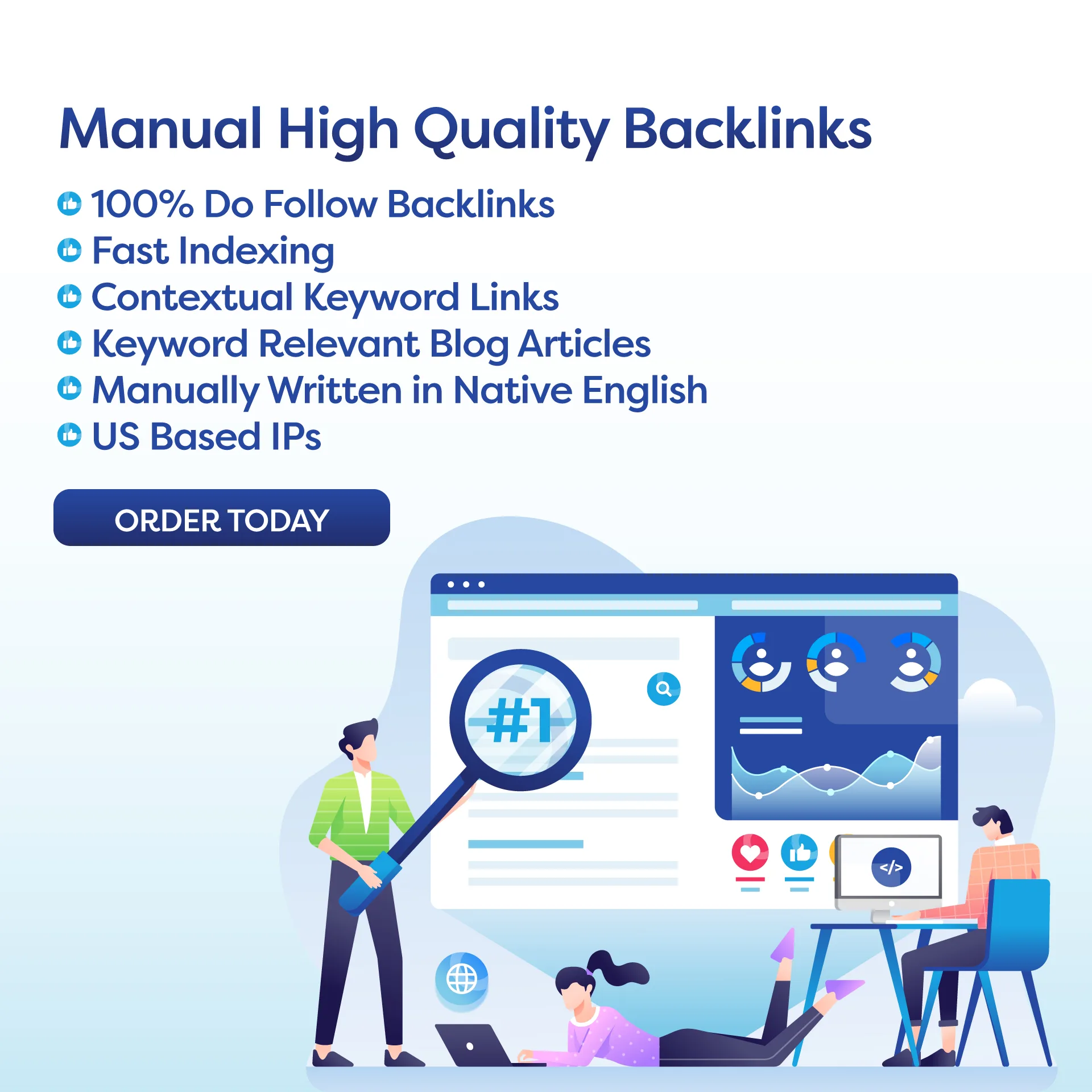Welcome, homeowners looking to hire professional subflooring preparation experts! Are you struggling with an uneven subfloor that needs some attention? Don’t worry, we’ve got you covered. In this guide, we will explore the importance of subfloor preparation and how it can make a big difference in the success of your flooring installation project.
Key Takeaways:
- Understanding Subfloor Preparation: Learn the importance of properly preparing your subfloor before installing new flooring.
- Methods for Adhesive Removal: Explore different techniques for removing adhesive from your subfloor.
- Benefits of Professional Help: Discover the advantages of hiring experts for subfloor preparation.
Understanding Subfloor Preparation:
Assessment of Subfloor Condition
Before you can start any flooring project, it is crucial to assess the condition of your subfloor. Uneven surfaces, cracks, or adhesive residue can all affect the success of your new flooring installation. Properly evaluating the subfloor will help you determine the necessary steps for preparation.
Performing a thorough inspection will also give you insight into any potential issues that may arise during the installation process. By addressing these issues early on, you can prevent costly repairs down the line.
Leveling Techniques
Once you have assessed the condition of your subfloor, it may be necessary to level the surface to ensure a smooth and even foundation for your new flooring. There are various techniques available for leveling, including self-leveling compounds, patching compounds, and grinding down high spots.
Each method has its own benefits and considerations, so it’s important to choose the most suitable option based on your subfloor’s condition. Proper leveling will not only improve the appearance of your flooring but also extend its lifespan.
Methods for Adhesive Removal:
Chemical Solvents
One common method for flooring removal is the use of chemical solvents to soften and dissolve adhesive residue. These solvents are applied to the affected areas and left to penetrate the adhesive, making it easier to remove. While effective, it is essential to follow safety precautions when using chemical solvents and ensure proper ventilation in the workspace.
Chemical solvents are particularly useful for removing stubborn or old adhesive that may be difficult to remove with other techniques. However, it is crucial to test the solvent on a small area first to ensure compatibility with your subfloor material.
Mechanical Scraping
Another method for adhesive removal is mechanical scraping, using tools such as scrapers, chisels, or floor strippers. This technique involves physically scraping off the adhesive residue from the subfloor surface. While more labor-intensive than chemical solvents, mechanical scraping can be highly effective, especially for larger areas or thicker adhesive layers.
When using mechanical scraping, it is important to work carefully to avoid damaging the subfloor material. It may be necessary to combine scraping with other techniques for optimal results.
Benefits of Professional Help:
Expertise and Experience
One of the main advantages of hiring professional subflooring preparation experts is their expertise and experience in dealing with various subfloor conditions. These professionals have the knowledge and tools necessary to assess your subfloor accurately and recommend the most appropriate preparation techniques.
By entrusting your subfloor preparation to experts, you can ensure that the job is done correctly the first time, saving you time and hassle in the long run. Professional help can also prevent potential damage to your subfloor or flooring during the installation process.
Time and Cost Efficiency
While it may be tempting to tackle subfloor preparation as a DIY project, hiring professionals can actually save you time and money in the long term. Experts can complete the job more efficiently, reducing the overall project timeline and minimizing the risk of errors or rework.
Additionally, professional subflooring preparation services often come with warranties or guarantees, giving you peace of mind that the job will be done right. This can ultimately save you money on potential repairs or replacements in the future.
Action Plan:
Based on the key points discussed in this guide, here is an action plan for homeowners looking to hire professional subflooring preparation experts:
- Assess the condition of your subfloor and identify any issues that need addressing.
- Research and contact reputable subfloor preparation experts in your area for quotes and consultations.
- Discuss your project requirements and timeline with the experts to ensure a smooth and successful subfloor preparation process.
Conclusion:
Proper subfloor preparation is essential for the success of any flooring installation project. By understanding the importance of subfloor assessment, leveling techniques, adhesive removal methods, and the benefits of professional help, homeowners can ensure a smooth and efficient process. Remember, investing in subfloor preparation now can save you time and money in the long run.
FAQ:
What are the best methods for adhesive removal?
Chemical solvents and mechanical scraping are two common techniques for adhesive removal. Each method has its own benefits and considerations, so it’s important to choose the most suitable option based on your subfloor’s condition.
Why should I hire professional subflooring preparation experts?
Professional help offers expertise, experience, time efficiency, and cost savings. Experts can ensure that the job is done correctly the first time, ultimately saving you time and hassle in the long run.


